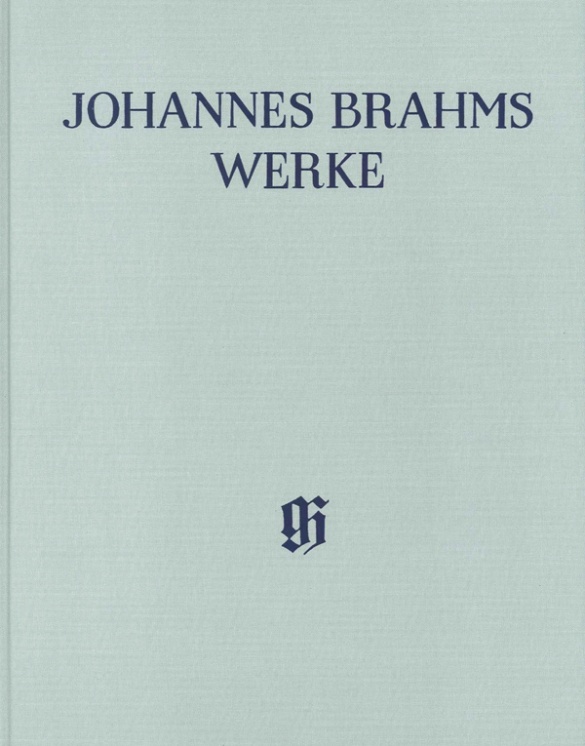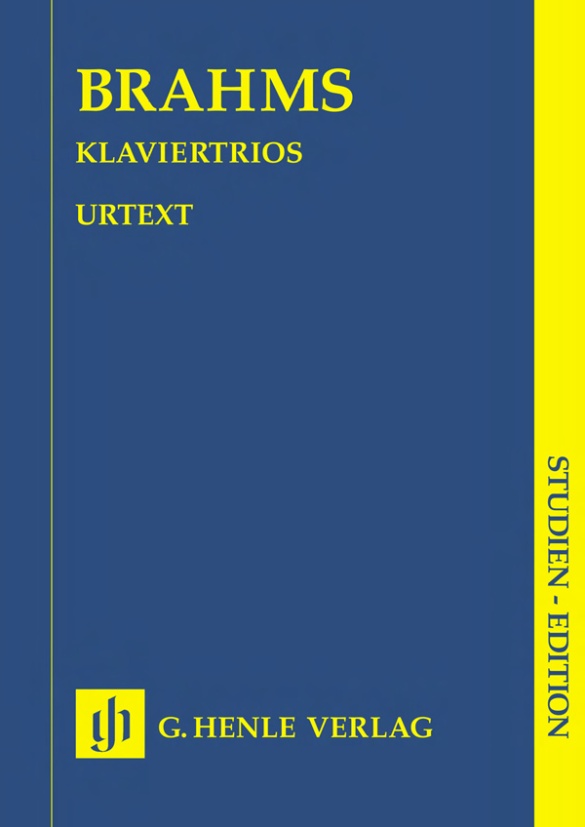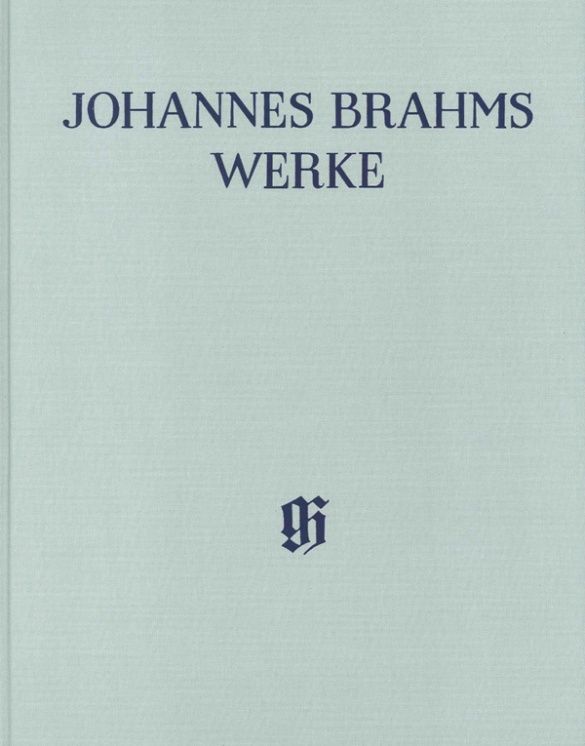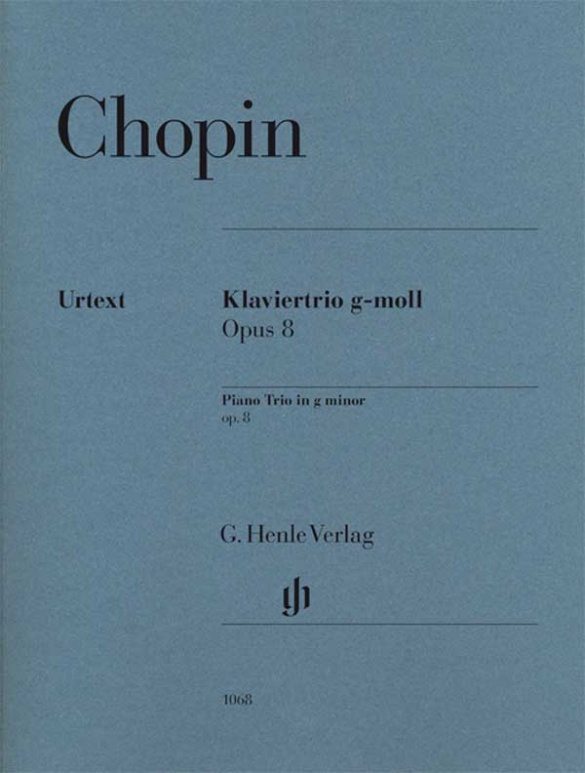Johannes Brahms
Ser. 1, Vol. 10 | Concerto a minor op. 102 for Violin, Violoncello and Orchestra
Content/Details
About the Composer
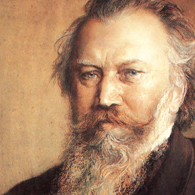
Johannes Brahms
His significant output comprises chamber music, piano works, numerous choral compositions and songs (including settings of folk-song lyrics), as well as large-scale orchestral works in the 1870s and 1880s. His compositions are characterized by the process of developing variation. He is considered an antithesis to the New German School around Liszt, and an advocate of “absolute” music.
| 1833 | Born in Hamburg on May 7, the son of a musician. His first piano instruction with Willibald Cossel at age seven, then with Eduard Marxen; first public performances from 1843. |
| 1853 | Concert tour through German cities; he meets Schumann, who announces him as the next great composer in his essay “Neue Bahnen” (“New Paths”). A lifelong, intimate friendship develops with Clara Schumann. |
| 1854–57 | Piano Concerto No. 1 in D minor, Op. 15. |
| 1857–59 | Choir director, pianist, and teacher at the royal court in Detmold. |
| 1859–61 | Director of the Hamburg Women’s Choir. |
| 1860 | Manifesto against the New Germans around Liszt. |
| 1863 | Cantata “Rinaldo,” Op. 50. |
| 1863–64 | Director of the Wiener Singakademie. |
| 1868 | Partial performance in Vienna of “A German Requiem,” Op. 45 (the complete work premiered in Leipzig in 1869) |
| 1871–74 | Artistic director of the Gesellschaft der Musikfreunde (Society of Friends of Music) in Vienna. |
| 1873 | Haydn Variations, Op. 56a, for orchestra. |
| from 1877 | His symphonic output begins with the Symphony No. 1 in C minor, Op. 68 (begun 1862); composition of the Symphony No. 2 in D major, Op. 73; the Symphony No. 3 in F major, Op. 90 (1883); and Symphony No. 4 in E minor, Op. 98 (1884–85): cantabile themes, chamber-music-like style. |
| from 1878 | Travels in Italy. |
| 1878 | Violin Concerto in D major, Op. 77, for Joseph Joachim. |
| 1881 | Piano Concerto No. 2 in B-flat major, Op. 83, with a scherzo movement. |
| 1886 | Honorary president of Vienna’s Tonkünstlerverein (Association of Musicians). |
| 1897 | Four Serious Songs, Op. 121. Dies in Vienna on April 3. |
About the Authors
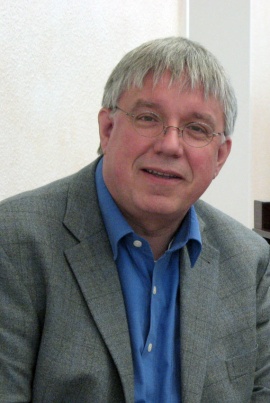
Michael Struck (Editor)
Dr. Michael Struck, born in 1952 in Hannover, studied school music, private music teaching, piano (diploma, class of Werner Schröter), musicology (Constantin Floros) and pedagogy at the music conservatory in Hamburg and at Hamburg University. In 1984 he completed his doctorate with a thesis on Schumann’s controversial late instrumental works.
He is a research associate at the research centre the new “Johannes Brahms Complete Edition” at Kiel University (member of the editorial board), as well as editor and supervisor of numerous volumes. He is the author of many musicological publications on music of the 18th to 20th centuries and other work editions. Struck is also a music critic. As a pianist he has given concerts with the vocal ensemble of Kiel University as well as with the Wiesbaden Chamber Choir and has given concert lectures (in 1989, 1997, 2001, 2005 as part of the matinees on “Raritäten der Klaviermusik” in Husum). In 2009 he was awarded the Schumann Prize of the City of Zwickau, in 2010 as a scholar at the Brahms Research Centre at the Musikwissenschaftliches Institut of Kiel University he was a co-prizewinner of the Brahms Prize 2010, conferred by the Brahms-Gesellschaft Schleswig-Holstein.
Product Safety Informations (GPSR)

G. Henle Verlag
Here you can find the information about the manufacturer of the product.G. Henle Verlag e.K.
Forstenrieder Allee 122
81476 München
Germany
info@henle.de
www.henle.com
Without question, the new edition of the "Double Concerto" represents a major achievement in Brahms studies. In addition to delivering as clean a rendering of the text of the work as one might wish for, Struck has assembled, synthesized, and critically evaluated an incredible amount of new material in his introductory essay and critical report. All of this should be of great interest to Brahms devotees whether they happen to be scholars, students, performers, or simply lovers of his music. Needless to say, these constituencies are not mutually exclusive. It is to be hoped that each, in its own way, will take full advantage of the many riches the new edition of the work has to offer.
American Brahms Society Newsletter, 2003Nach der Editionsfolge zu urteilen, hat die neue "Johannes Brahms Gesamtausgabe" erheblich an Schwung gewonnen: Symphonie Nr. 1 op. 68 (1996), Klavierquintett op. 34 (1999), Doppelkonzert op. 102 (2000) sowie zuletzt Symphonie Nr. 2 op. 73 (2002). Dabei haben weder die Sorgfalt und Qualität des Notentextes noch die Lesbarkeit bzw. Übersichtlichkeit von Einleitung und Kritischem Bericht gelitten, wie der hier zu besprechende Band eindrucksvoll beweist.
Die Musikforschung, 2003… the appearance of each volume of the new Brahms complete edition published by G. Henle Verlag is an important event. Especially welcome, however, is the recent publication of Brahms’s 1887 Concerto for violin, cello, and orchestra in A Minor, op. 102, … as this work has never been the subject of a modern scholarly monograph. … Readers will be grateful for the generous quotations of early reviews, as the sources from which they are drawn are not widely available outside Germany.
Notes, 2002推荐
autogenerated_cross_selling
本书目其他版本


